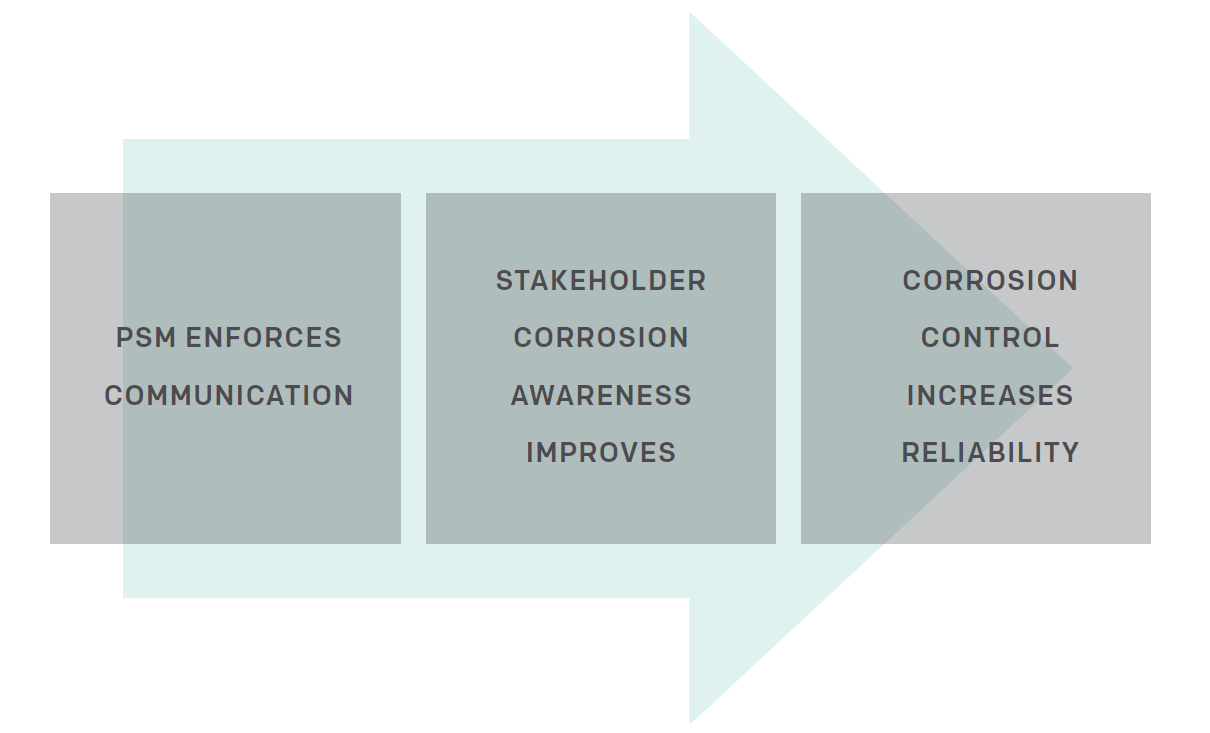Introduction
Effective communication is one of the most important tools for corrosion control. If a process operator understands what it is about the process that can cause corrosion, and knows what to do about it, then the corrosion can be controlled.
Effective communication is the Sender’s ability to transmit a message to a Receiver and have that message understood. Effective communication requires that a recipient have the ability to interpret a message and be able to replicate the information transferred as intended by the Sender. If the Receiver is uncertain about any aspect of a communication, the Receiver should attempt to clarify the communication through the artful use of questions. The Sender is responsible for the effectiveness of the communication. This means the Sender must be certain to emphasize and code a communication so it is received in a manner that is understandable to the Receiver.
The Occupational Safety and Health Administration (OSHA) was created in the 1970s and one of its top priorities was to improve communication in an effort to reduce death and injury rates of on-the-job employees. In 1992, OSHA issued critical legislation on Process Safety Management (PSM). The regulation, 29 CFR 1910.119, was specifically designed to improve communication about what is inside equipment and pipes, and more importantly: how to keep it there. If we could measure, understand, mitigate, and most importantly, control corrosion, we can do a better job of keeping the product in the pipes. To accomplish this task, we needed to know what is causing the corrosion and how to control it.
PSM 29 CFR 1910.119 requires effective, understandable, clear communication. Simply put, it requires the practical transfer of information in several ways:
-
Written Procedures
-
Mandatory Management Of Change (MOC)
-
RAGAGEP ("Recognized And Generally Accepted Good Engineering Practices")
-
Safe Operating Limits
Here is the importance of effective communication. You can write all the procedures you want and have great IOW’s, but if you are not clear about the way you want people to work together to execute this stuff, it will remain in the province of “this is just how I do it”. The explicit work processes is the only way to assure that the right things actually happen – shift to shift – day to day – year in and year out.




















Comments and Discussion
Add a Comment
Please log in or register to participate in comments and discussions.